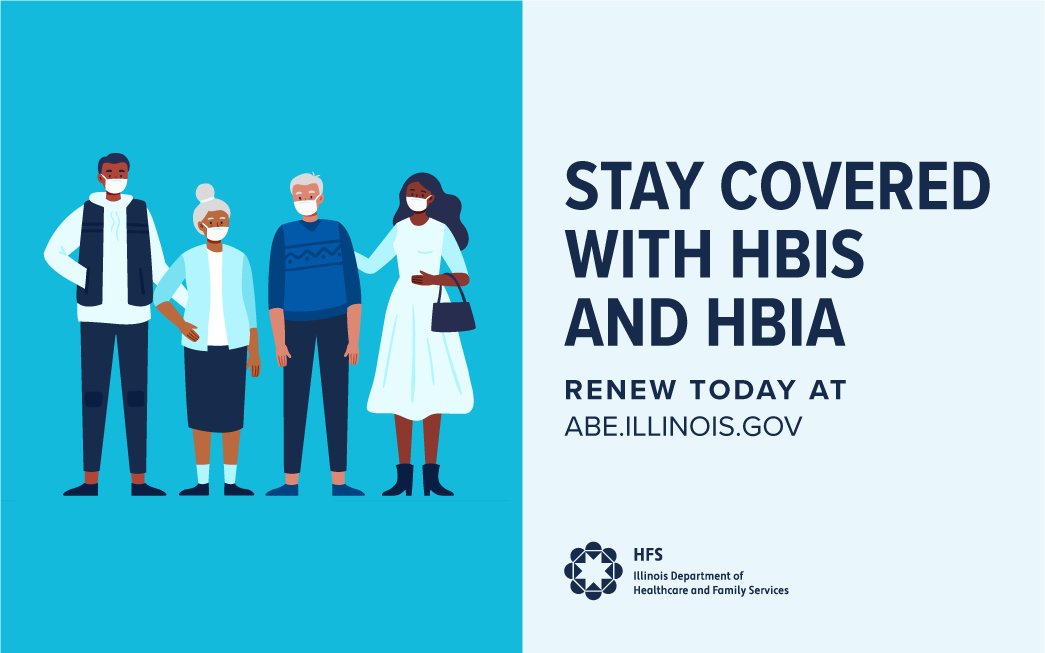Human Cases of Niles Virus is Widespread
As of June 25, the Centers for Disease Control and Prevention had confirmed human cases in at least seven states: Arizona, Arkansas, Kansas, Maryland, Michigan, Mississippi and Tennessee. At least 18 states have detected the virus this year in humans, mosquitoes, birds or other animals.
Five of the human cases were neuroinvasive, meaning people developed severe disease such as inflammation of the brain or the membranes surrounding the brain and spinal cord. This can lead to disorientation, vision loss, coma or paralysis, and in rare cases may be fatal.
There are no vaccines or treatments for West Nile, so people with severe illness usually receive just supportive care such as fluids or pain medication.
Around 8 in 10 people infected with West Nile virus don’t show symptoms. A smaller number may develop a fever accompanied by a headache, body aches, joint pain, vomiting, diarrhea or a rash. These symptoms can often be confused with those of other viruses, so the majority of West Nile cases are never diagnosed.
The U.S. records anywhere from several hundred to several thousand cases each year. Most cases are reported in August and September. (American Centrist)


















